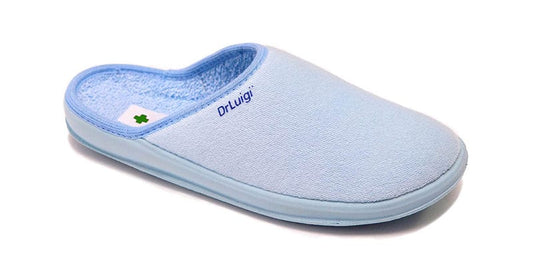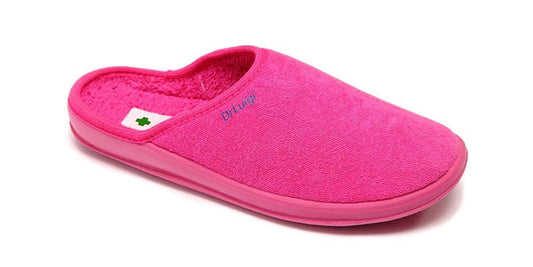Due to its dual static and dynamic functions, the foot is one of the most crucial body parts. The foot’s ability to transfer the entire body’s weight to the floor is referred to as its “static function.” The dynamic function, on the other hand, refers to jumps in which the foot raises us off the ground and cushions our impact with the ground. With all of that in mind, it can be said that the foot provides resistance, movement, and balance.
People in today’s world spend almost the entire day in a variety of shoes. What are the advantages of walking barefoot, given the significance of the feet?
When a young child first learns to walk barefoot, it is crucial for his or her health because this allows the child to use all the appropriate foot muscles and get feedback from the ground. The child’s perception of all body parts in space is enhanced in this way.

Walking barefoot has many advantages, the majority of which are biomechanical because they restore your natural gait. Orthopaedic professionals assert that walking barefoot restores the natural gait and promotes use of some muscle groups that have been underutilised as a result of wearing shoes. Additionally, walking barefoot or without shoes can greatly enhance balance, relieve pain, and result in better hip, knee, and body mechanics. One of the most significant medical advantages of barefoot walking is an improvement in propeioceotic neural input to the brain from receptors in your muscles and joints, which results in a better awareness of your body’s position in the environment you are in. Additionally, keeping all joints, muscles, and ligaments healthy has advantages for maintaining the strength, stability, and range of motion in the foot and ankle.
Even though the health advantages of walking barefoot are exceptional and the activity itself is uncomfortable for most people, we’re sure we haven’t persuaded you to start doing so. Due to this, we have provided a brief guide below on how to properly walk with bare feet.
Avoiding overdoing it is one of the first steps! Start out slowly because the first 15-20 minutes of training will be sufficient for you. The feet also need to get used to a new activity and setting. Your feet will become accustomed to walking barefoot with time and increased exercise intensity, at which point you can increase the exercises’ duration and distance.

Try barefoot indoor walking before you leave.
Starting your workouts at home will help your feet get used to the safe surfaces. After becoming proficient on indoor surfaces, you can try walking on less hazardous outdoor surfaces, such as lawns, sand paths, and the like.
Although it is very healthy for your body to walk barefoot, you should still exercise caution, adhere to safety precautions, and perform activities in moderation. Contacting your doctor is necessary if any health issues develop so that the potential issue can be resolved as soon as possible.





